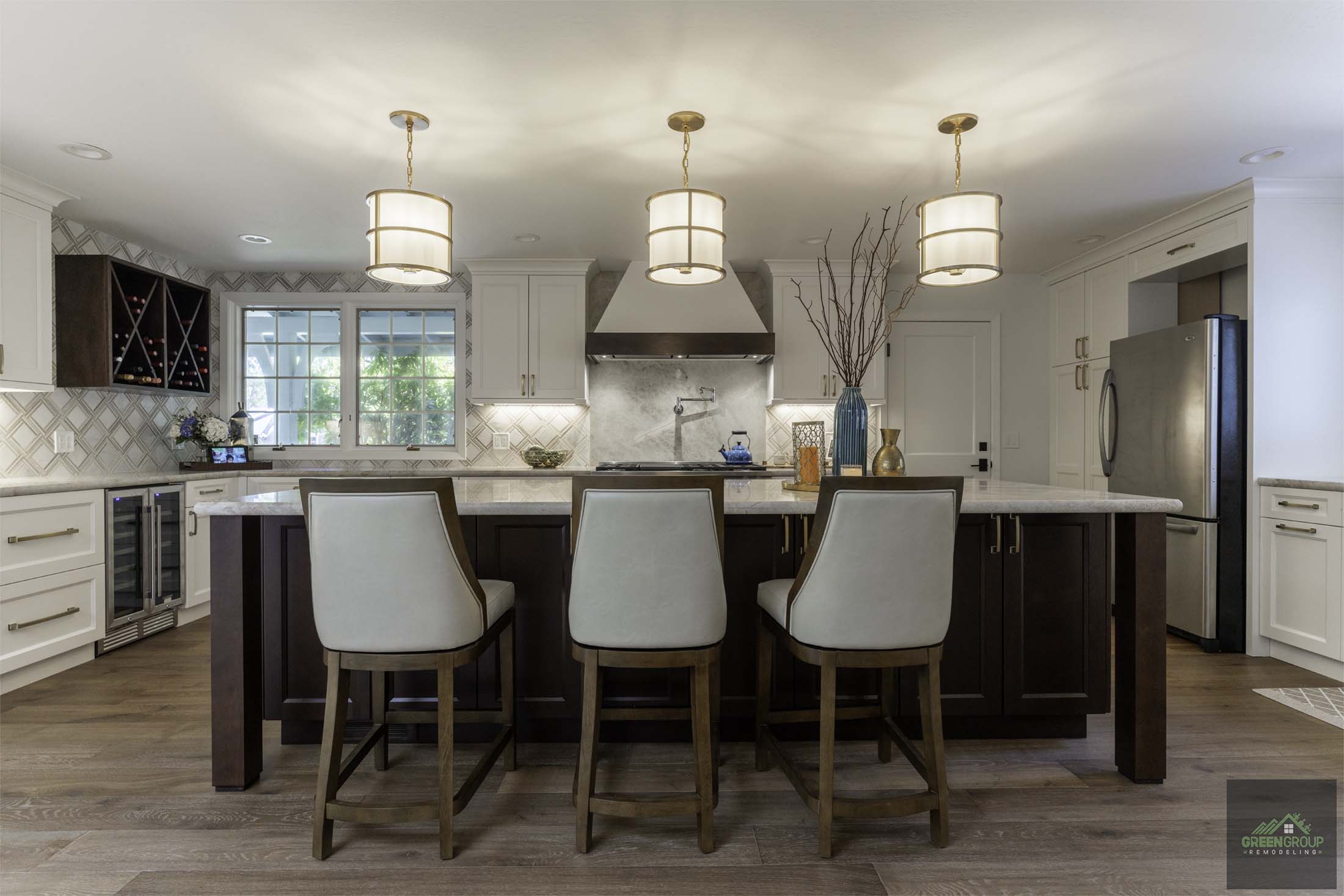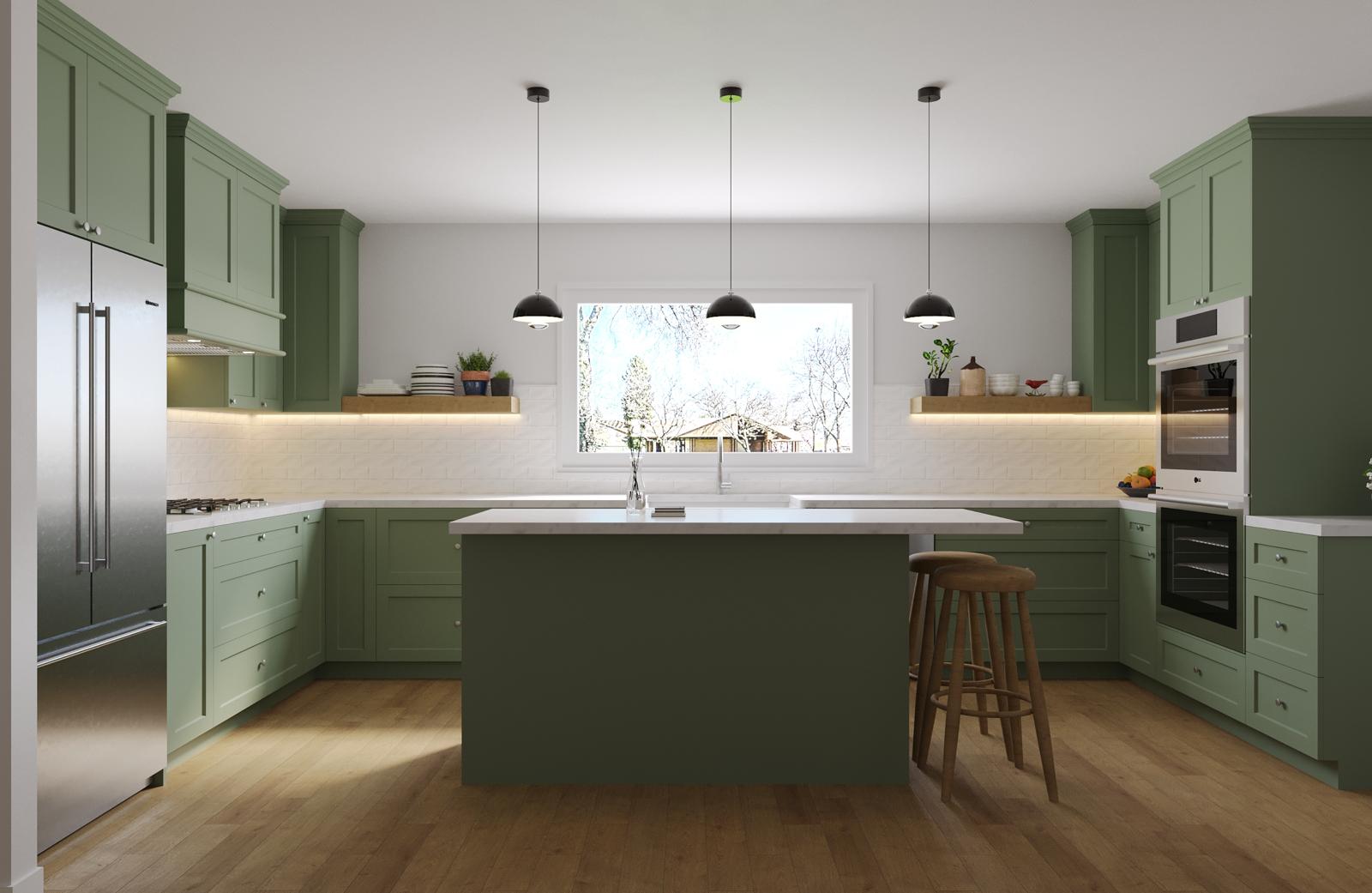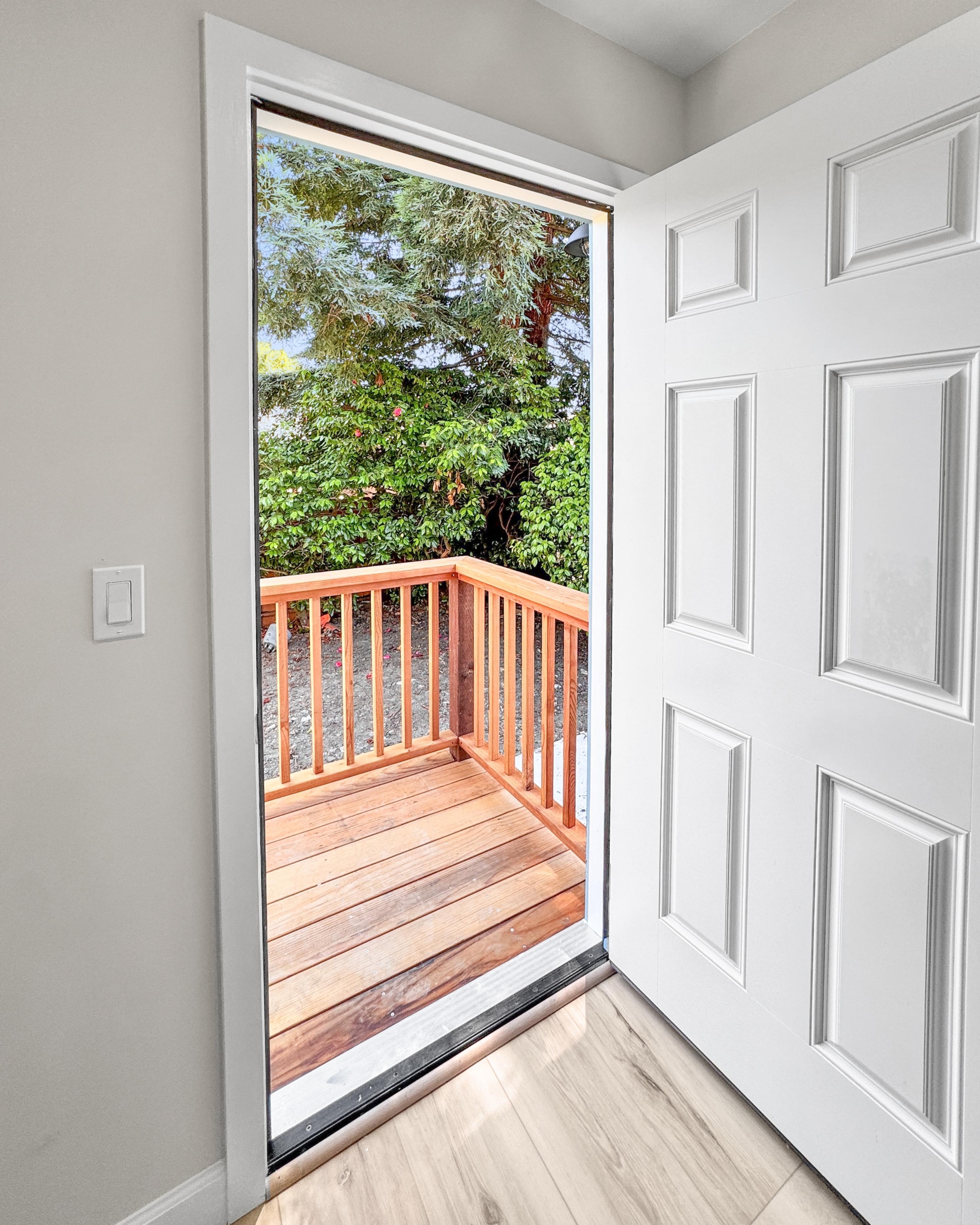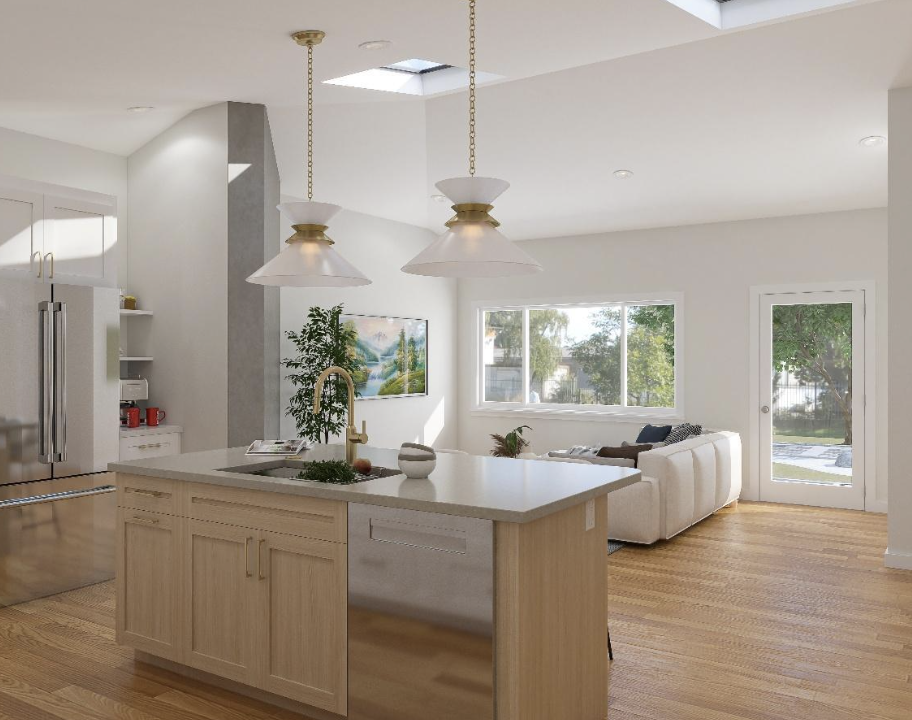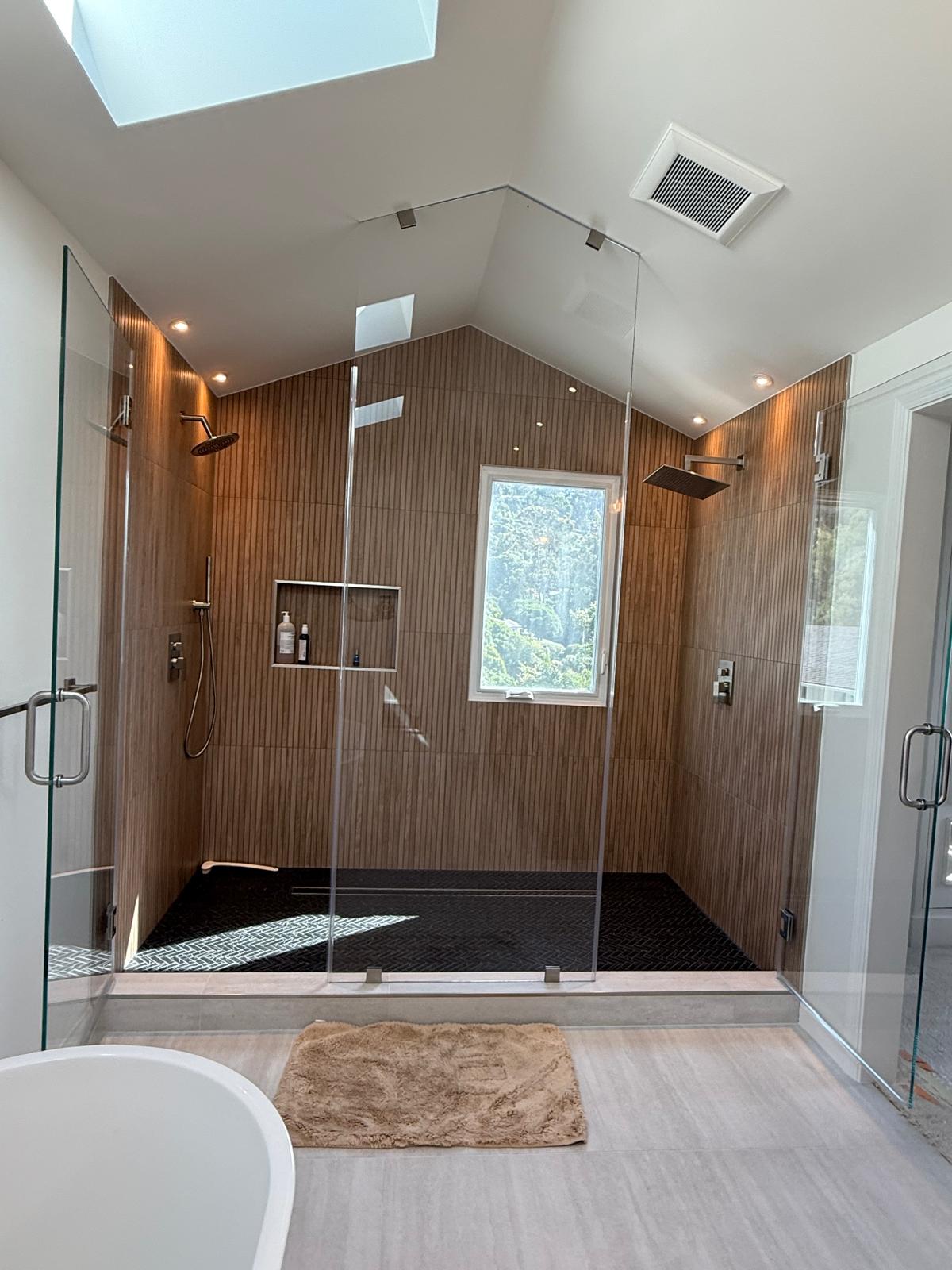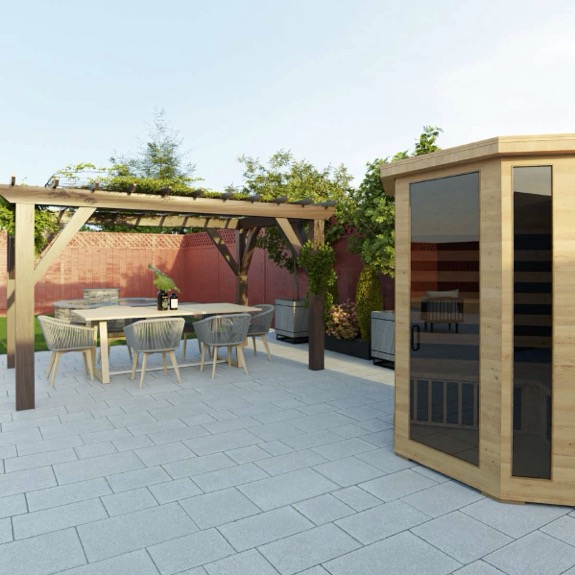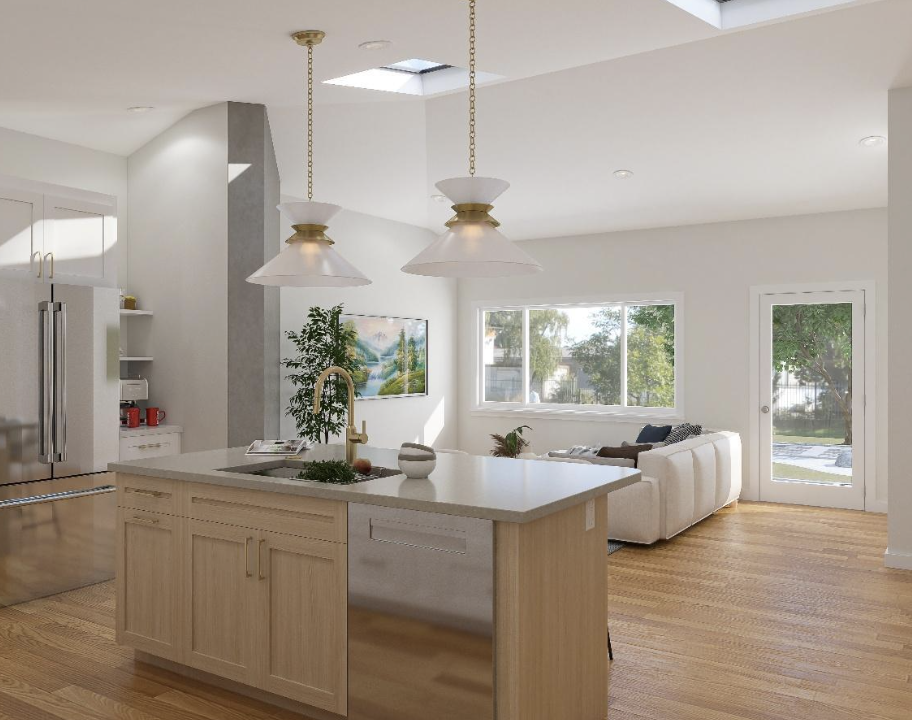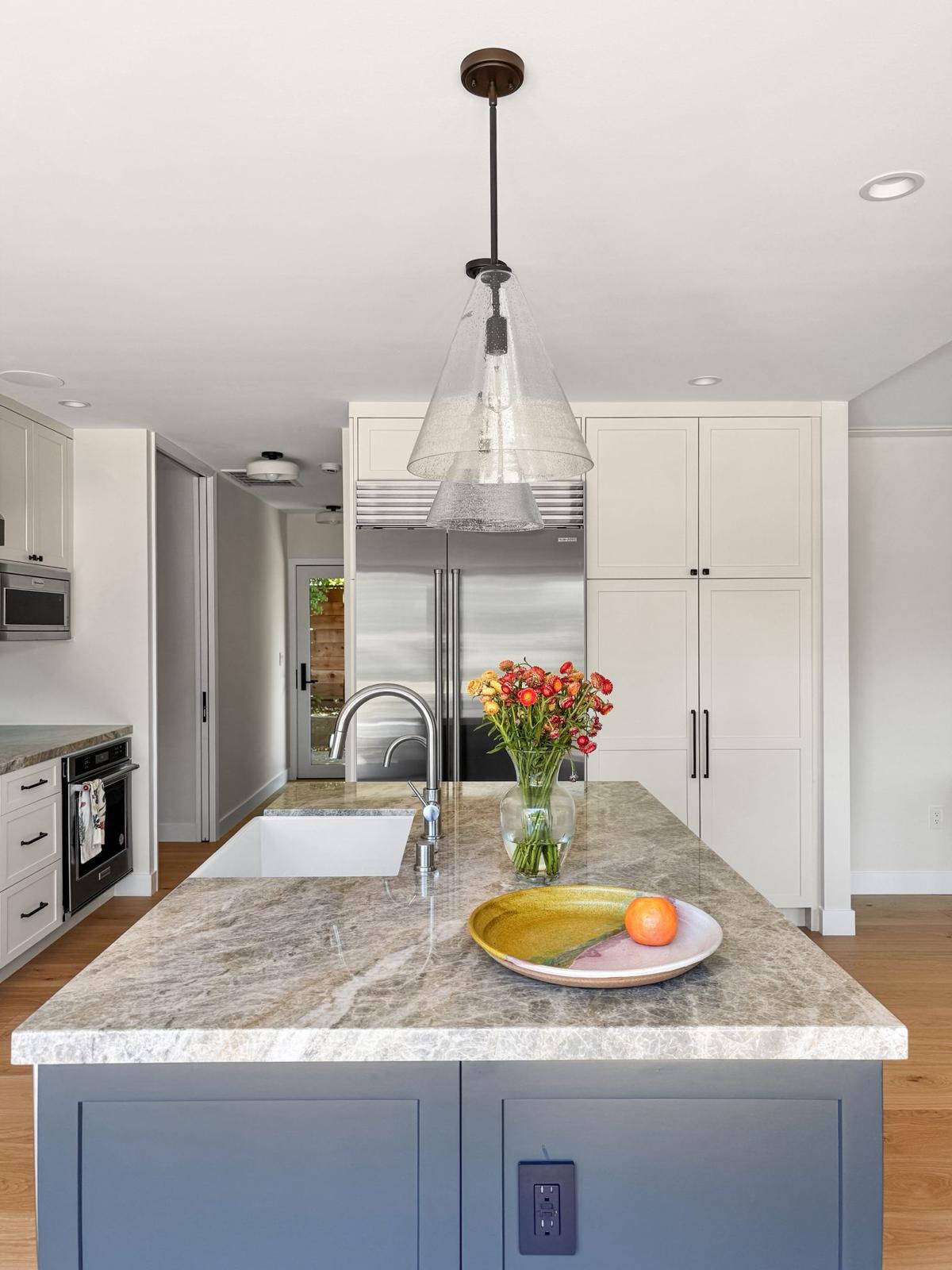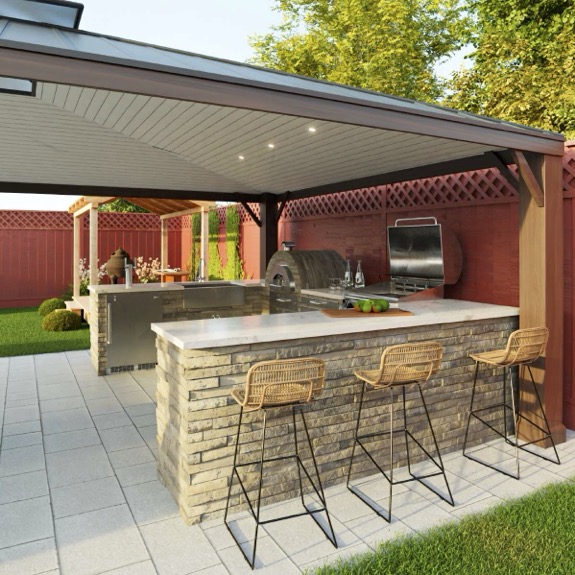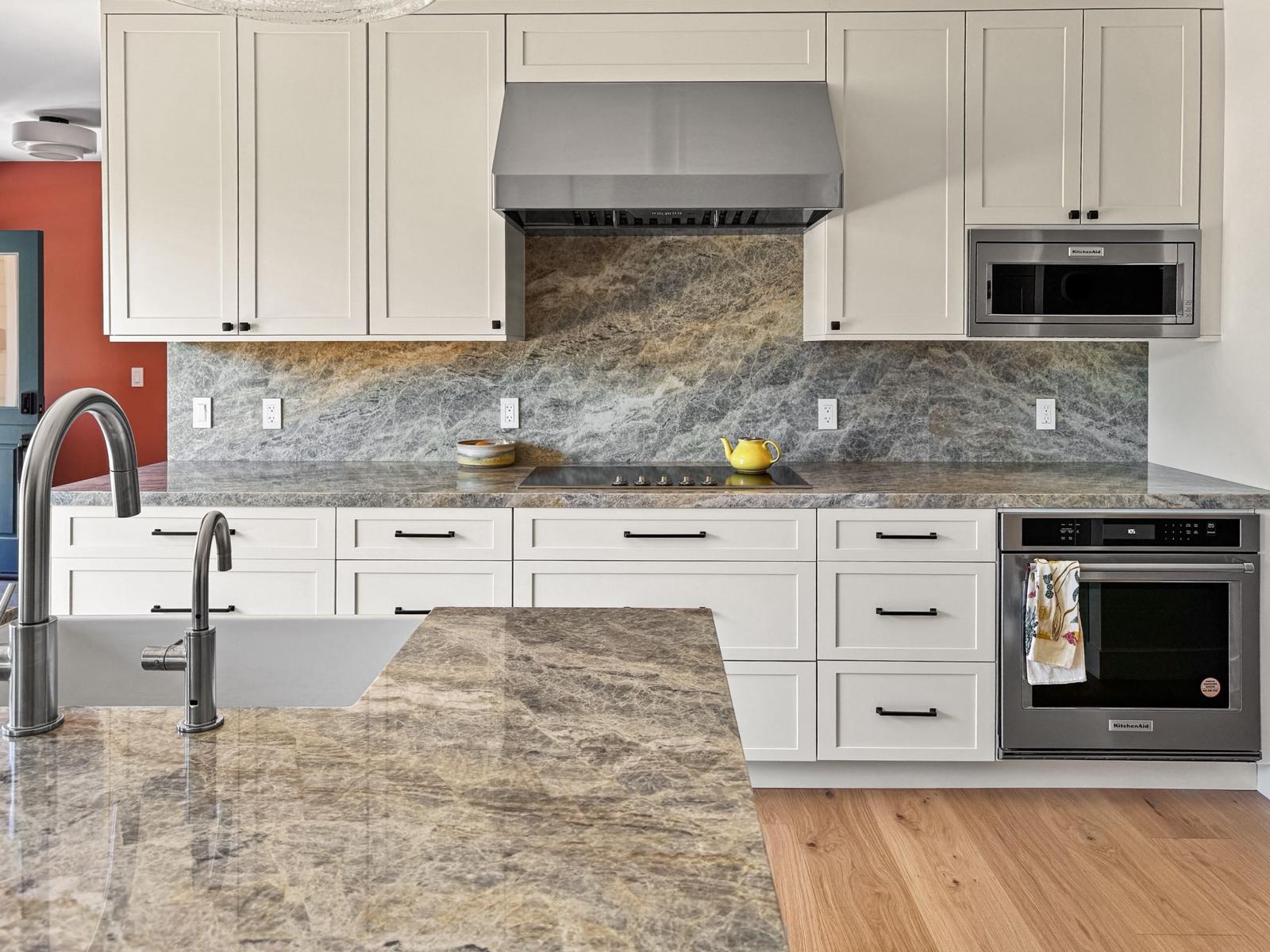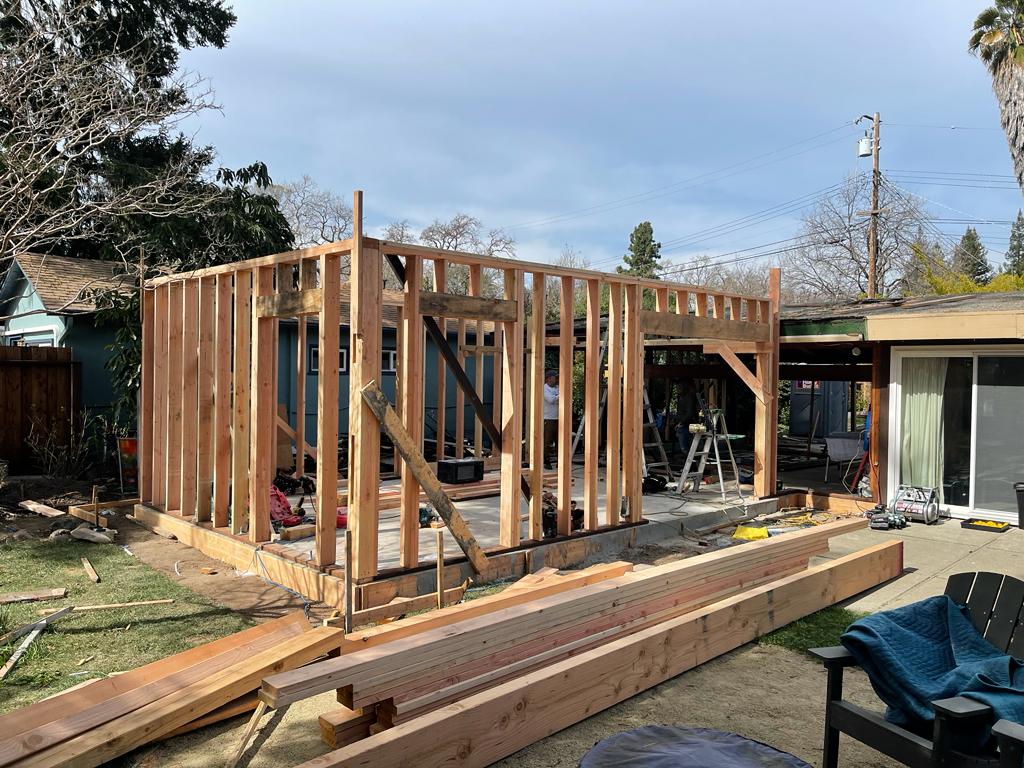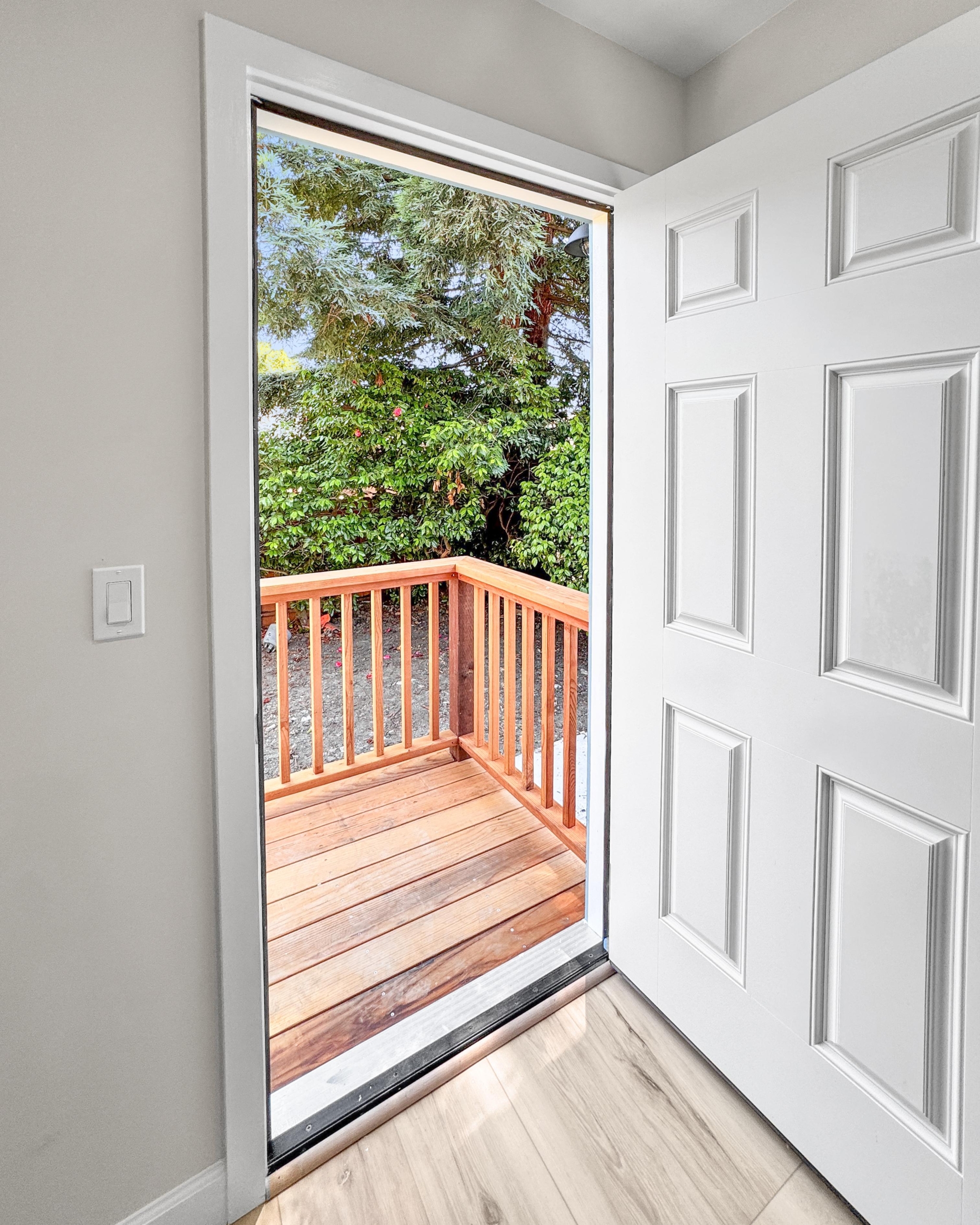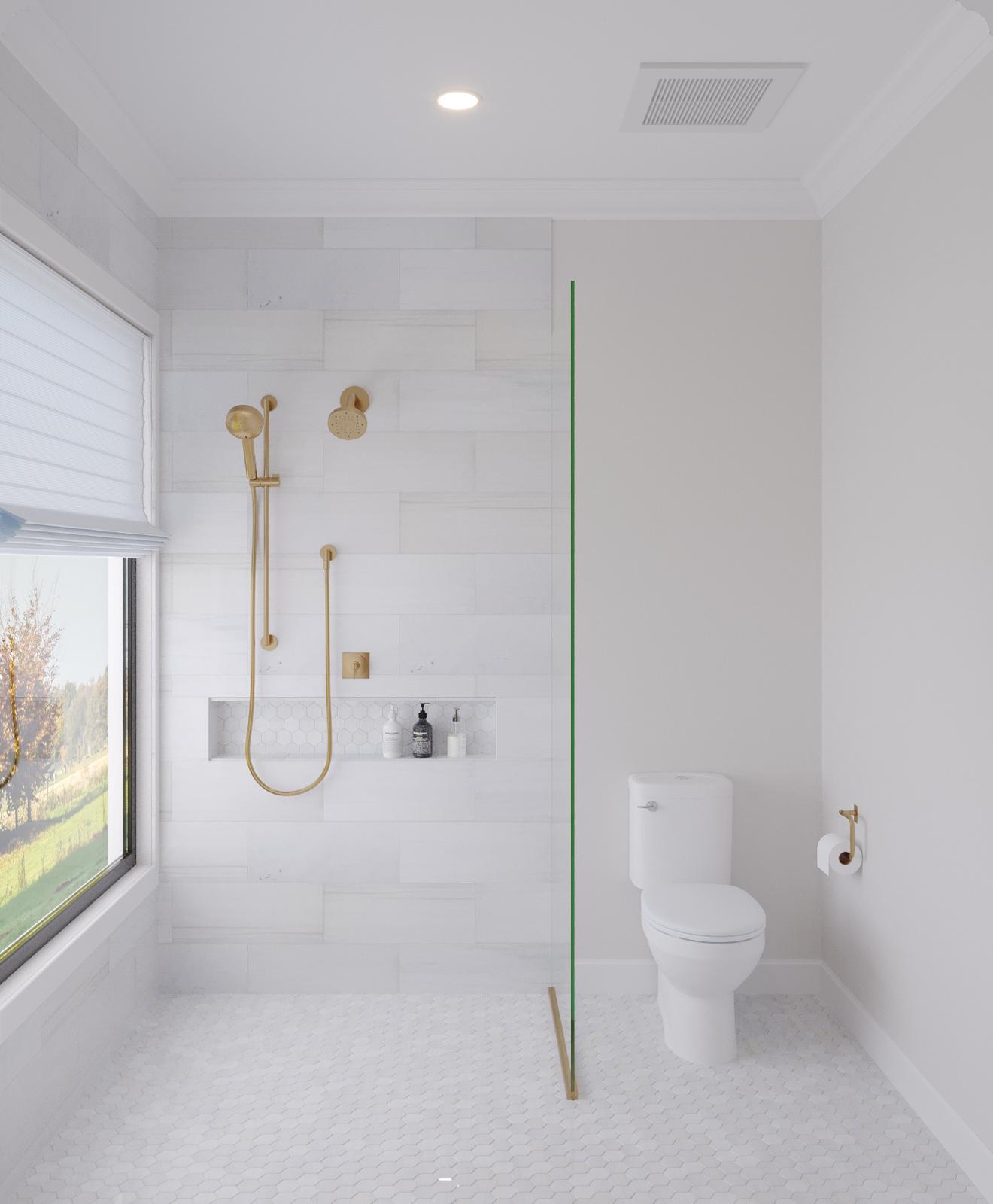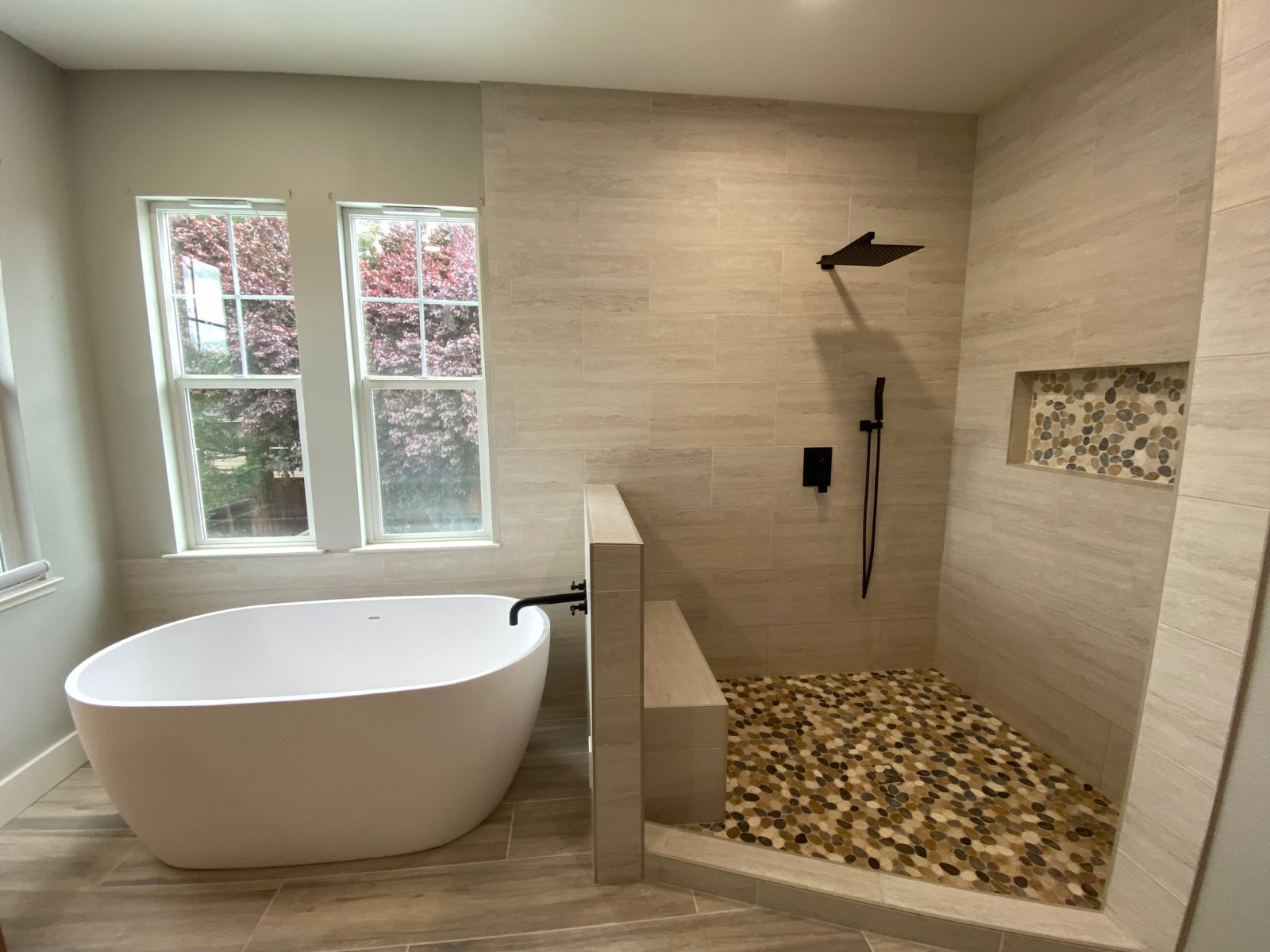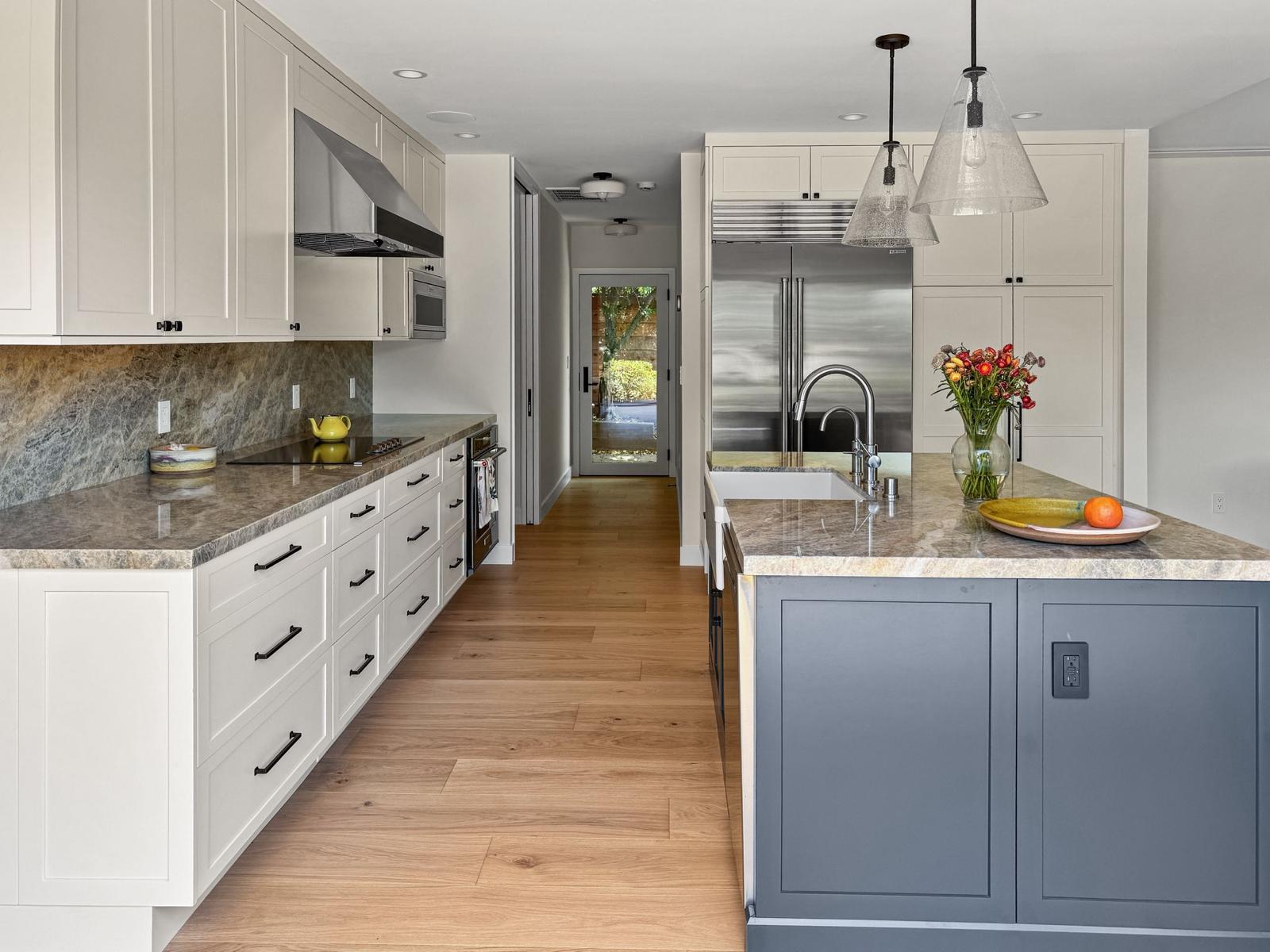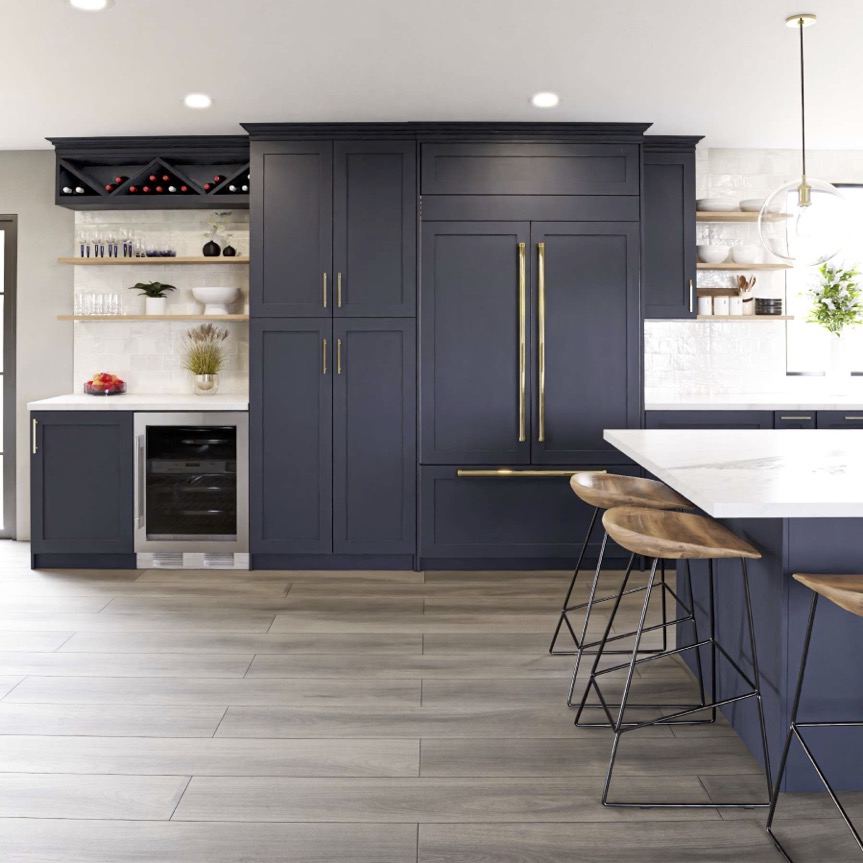If you’re considering purchasing quartz countertops for your home, you’re likely intrigued by their beauty, durability, and low maintenance. But have you ever wondered how quartz countertops are made? The journey from quarry to kitchen is fascinating and involves several meticulous steps. Let’s explore this process, from the raw material to the stunning final product that adorns your kitchen.
Finding and Mining Quartz
The first step in understanding how quartz countertops are made is to look at where we find quartz. Quartz is one of the most abundant minerals on Earth, found in various types of rocks, including granite and sandstone. Major sources of quartz are found in the United States, Brazil, India, and South Africa.
The Mining Process
Mining quartz involves extracting the raw quartz crystals from the earth, Cambria is an example of a mine that works only with Quartz. This is typically done through open-pit mining, where large surface areas are excavated to access the quartz deposits. The process begins with the removal of overburden (the soil and rock covering the quartz) using heavy machinery. Once the quartz is exposed, it is carefully extracted using diamond-tipped drills and other specialized equipment to avoid damaging the crystals.
Crushing and Purification
After mining, the next step in how quartz countertops are made is crushing and purifying the raw quartz. The extracted quartz is transported to processing plants where it is crushed into small pieces. This process often involves jaw crushers, cone crushers, and vibrating screens to break down the material into manageable sizes.
Purification Process
Once crushed, the quartz undergoes a purification process to remove impurities such as feldspar, mica, and iron oxides. This is typically achieved through flotation, where chemicals are added to separate the quartz from other minerals. The purified quartz is then washed, dried, and sorted by size and quality.
Creating the Quartz Slabs
With the purified quartz ready, the next step in how quartz countertops are made involves creating the quartz slabs. This process combines raw quartz with resins and pigments to create a durable and aesthetically pleasing material.
Mixing and Molding
The purified quartz is mixed with a polymer resin binder and pigments that give the quartz its color. This mixture is poured into molds to create the slabs. The proportion of quartz to resin is usually around 90-95% quartz to 5-10% resin, resulting in a highly durable and hard surface.
Compacting and Curing
The mixture in the molds is then compacted using a special vacuum and vibration process to remove air bubbles and ensure a dense, uniform slab. This is followed by curing, where the slabs are heated to set the resin and harden the material. The curing process can take several hours and results in a solid, non-porous surface.
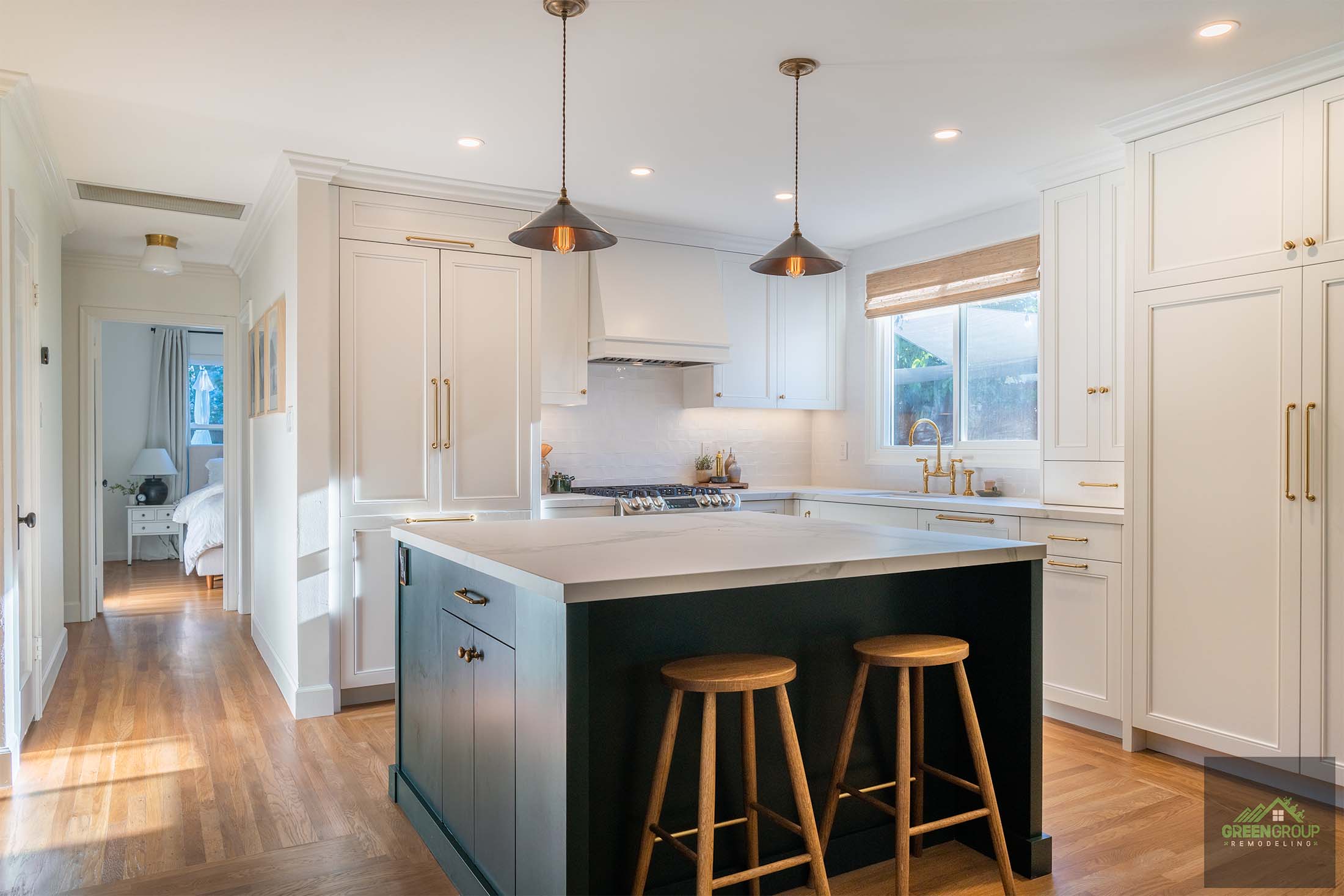 Polishing and Finishing
Polishing and Finishing
The next phase in how quartz countertops are made is polishing and finishing the slabs to achieve the desired look and feel.
Polishing
The cured quartz slabs are polished using a series of progressively finer diamond abrasive pads. This process can involve multiple stages of grinding and polishing to achieve a smooth, glossy finish. The level of polish can be adjusted based on the desired aesthetic, from a high-gloss finish to a more matte appearance.
Finishing Touches
After polishing, the slabs are inspected for quality and any imperfections are corrected. Edges are finished according to customer specifications, whether that’s a simple straight edge, a beveled edge, or a more elaborate ogee edge. This attention to detail ensures that each quartz countertop meets the highest standards of quality and craftsmanship.
Customization and Installation
Once the quartz slabs are polished and finished, the next step in how quartz countertops are made is customization and installation. This is where the slabs are transformed into the specific countertops that will be installed in your home.
Measuring and Cutting
Professional fabricators measure the exact dimensions of your kitchen or bathroom countertops. These measurements are used to cut the quartz slabs to fit perfectly in your space. Cutting is done with precision saws equipped with diamond blades to ensure clean, accurate cuts.
Edge Profiling and Cutouts
The fabricator will also create any necessary cutouts for sinks, faucets, and cooktops, as well as profile the edges according to your preferences. This customization is crucial to ensure that your countertops not only look beautiful but also function perfectly in your home.
Installation
Finally, the quartz countertops are ready for installation. Professional installers will transport the slabs to your home and carefully place them onto the cabinets. The seams between slabs are minimized and filled with color-matched epoxy to create a seamless appearance. The countertops are then securely attached, and any final adjustments are made to ensure a perfect fit.
The Benefits of Choosing Quartz
Quartz countertops offer an array of benefits that make them an ideal choice for any home. Renowned for their durability and strength, quartz countertops are resistant to scratches, chips, and cracks, making them perfect for high-traffic areas like kitchens. Their non-porous nature means they don’t require sealing and are resistant to stains from common household spills. This easy maintenance is complemented by their hygienic properties, as the lack of pores prevents bacteria and mold from taking hold. Additionally, quartz’s aesthetic versatility allows for a wide range of colors, patterns, and finishes, ensuring you can find the perfect style to match your decor.
Beyond practical benefits, choosing quartz countertops is also an environmentally friendly option. Many manufacturers commit to sustainable practices, sourcing materials responsibly and incorporating recycled content into their products. The consistent quality of engineered quartz ensures a uniform appearance, avoiding the variations and imperfections found in natural stone. This consistency makes it easier to achieve a cohesive look, particularly in larger projects. Overall, quartz countertops provide a beautiful, durable, and low-maintenance solution that enhances both the functionality and aesthetic appeal of your home.
How Quartz Countertops are Made — Conclusion
The production of quartz countertops is a remarkable journey. Knowing how quartz countertops are made can help you make an informed decision as you consider adding these stunning features to your home. The next time you admire the smooth, gleaming surface of a quartz countertop, you’ll have a deeper understanding and appreciation of the work and skill involved in bringing that piece of nature into your kitchen. If you’re ready to start talking about countertops, get on our schedule – we can help.

